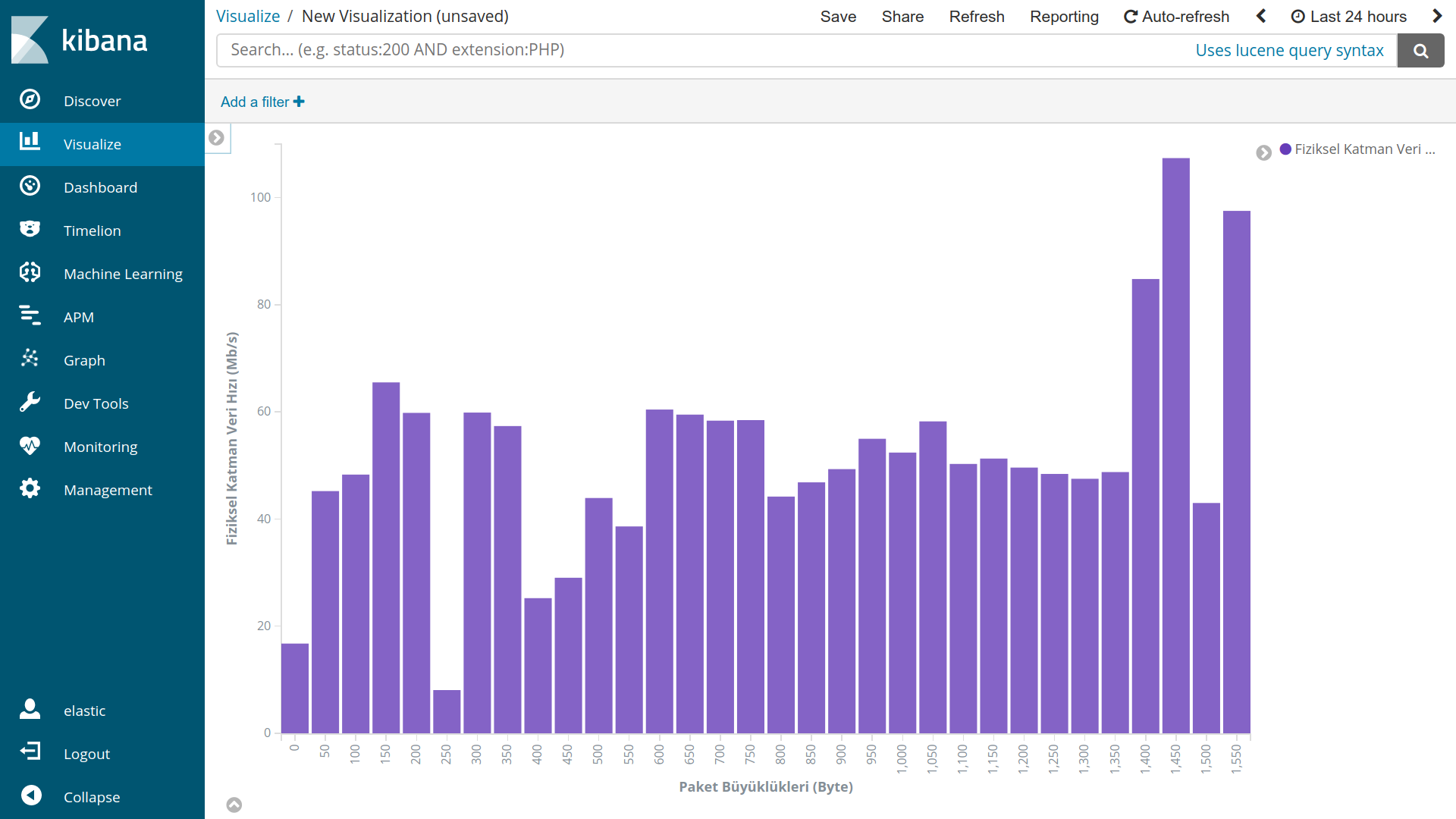

Even though shark attacks have increased at a steady rate since 1900-a result of better recording of attacks and a rising human population-they are still exceedingly rare: A beachgoer has only a one in 11.5 million chance of being bitten. Most sharks eat smaller fish and invertebrates, but some of the larger species prey on seals, sea lions, and other marine mammals. Most notable is the Greenland shark, Earth’s longest-lived vertebrate at 272 years. Scientists are still trying to figure out how long sharks live and have only studied the ages of a fraction of shark species. Lemon sharks, for example, have been found to congregate in groups to socialize. Some species are solitary, while others hang out in groups to varying degrees. Sharks are found in deep and shallow waters throughout the world’s oceans, with some migrating vast distances to breed and feed. Santa Catalina Island, California Photograph by David Doubilet, Nat Geo Image Collection Behavior

Their teeth come in all sizes and shapes, from serrated like a razor to triangular like a spear. Whale sharks, the largest fish species on Earth, can grow to more than 55 feet, while dwarf lantern sharks reach a mere eight inches.įormidable predators, sharks have mouths lined with multiple rows of individual teeth that fall out and grow back on a routine basis.

Species in this subclass have skeletons made from cartilage, not bone, and have five to seven gill slits on each side of their heads (most other fish have only one gill slit on each side), which they use to filter oxygen from the water. Like rays and skates, sharks fall into a subclass of fish called elasmobranchii. The ocean’s top predators have evolved into roughly 500 species that come in all different sizes and colors and have varying diets and behavior. -f can specify capture filter in BPF syntax, see below.Sharks star in blockbuster movies as blood-seeking villains, but in reality they’re far more fascinating and complicated than they’re often depicted in pop culture.īased on fossilized teeth and scales, scientists believe that sharks have been around for more than 400 million years-long before the dinosaurs.We prefer pcap, that can be directly processed by the passive recorder) -F output format (could be pcap or pcapng.Using file rotation set based on available disk space we can make sure there will be enough space left for the other applications when we leave tracing on for a longer time. -b specifies the capture rotation: filesize:xxx max size of a single capture file in Kbytes, files:xxx the number of files after which the oldest one is overwritten.Default is 2 Mbyte, if there is a large traffic, you should go up to 96 Mbyte -i specifies the interface with the ID retrieved by tshark –D.Tshark -i 3 -B 96 -b filesize:250000 -b files:100 -w c:\tmp\test.pcap -F pcap


 0 kommentar(er)
0 kommentar(er)
